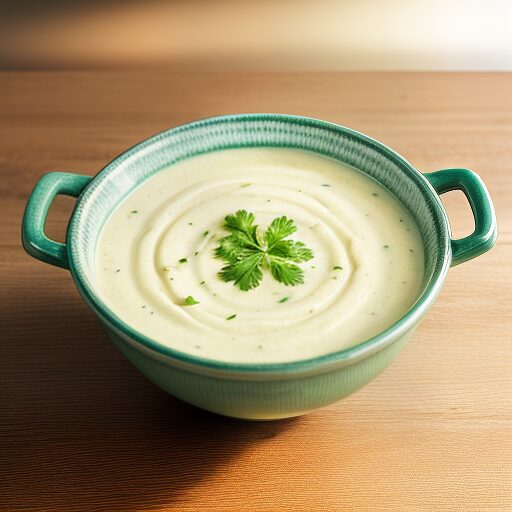Warm up in the cold season with our Brussels sprouts soup with balsamic lentils
Ingredients:
for 4 - 6 people, preparation time approx. 60 min
50 g onions
1 clove garlic
40 ml rapeseed oil with butter flavouring (vegan)
500 ml Schlagfix universal whipping cream
600 ml water
1 g nutmeg, ground
Sea salt fine to taste
50 ml water
½ onion, white
10 ml rapeseed oil with butter flavouring (vegan)
Pepper & salt to taste
180 ml water
40 ml balsamic vinegar, dark
5 ml rapeseed oil with butter flavouring
1 sprig thyme
25 g birch sugar (xylitol)
Sea salt fine to taste
150 ml rapeseed oil with butter flavouring (vegan)

BRUSSELS SPROUT
Brussels sprouts, Brussels cabbage, in Austria also sprouts and cabbage sprouts as well as lat. Brassica oleracea var. gemmifera (also called "Rosenköhlchen") is a vegetable and a variety of vegetable cabbage from the cruciferous plant family. On a tall stem (50 to 70 cm), buds (leaf florets) form in a spirally ascending, dense arrangement, which are located in the leaf axils, at least in the upper area.
The cut florets, which have a green-white colour and a diameter of 10 to about 50 mm, are sold under the name "Brussels sprouts" (in Austria "Kohlsprossen", otherwise also "Sprossenkohl").
Brussels sprouts are a biennial plant. If the florets are not harvested, then after overwintering they sprout into shoots in spring, which bear flowers in summer.
Harvesting and recycling
Early varieties can be harvested from September onwards, but the main harvesting season is in November and December. You pick the florets carefully from the bottom to the top of the stalk. Brussels sprouts are hardy in many areas. In very cold areas, overwinter the whole plants in a sheltered, shaded area outdoors. Repeated frosts below -10 °C are very damaging to the florets. Brussels sprouts are tasty as a salad and cooked as a vegetable and are excellent for freezing. Brussels sprouts contain many minerals and fibres as well as vitamin A, riboflavin (vitamin B2) and ascorbic acid (vitamin C).
Preparation:
